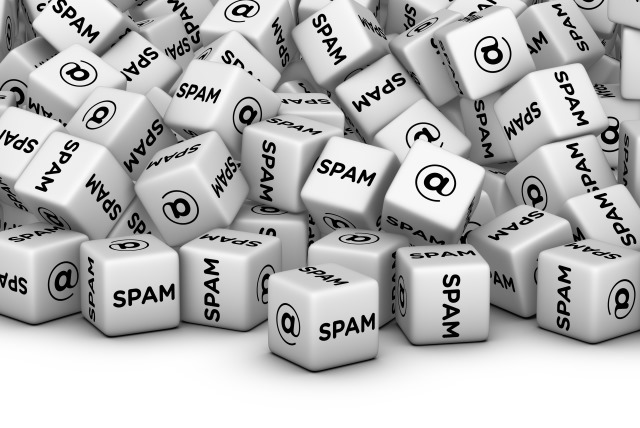Spam is still a key tool for hackers

Online criminals are keeping the faith with spam email campaigns, with more and more nuisance messages being sent today than ever before.
Figures from IBM have shown that spam email remains a key tool for hackers, with the volume of such messages increasing 400 per cent in the past year.
According to the 2017 IBM X-Force Threat Intelligence Index, nearly half (44 percent) of all spam analyzed by the company contained a malicious attachment, demonstrating the threat level that spam still presents. Eighty-five percent of malicious spam attachments are delivering ransomware, locking data and charging users to unlock or recover their files.
The report also found that spam authors are increasingly tailoring their campaigns to mirror the typical working week, in order to trick unaware victims into opening the messages.
The vast majority of all spam (83 percent) was sent during the working week, with a peak in the early hours of the morning in Europe, before "following the sun" to target victims in the US. However the region generating the highest amount of spam was actually India (30 percent), with South America (25 percent) and China (11 percent) also ranking highly.
The report also found scammers were least active on Mondays and Fridays, with a major drop in activity on the weekends.
"Studying the trends that move illicit spamming and the mechanisms that enable cybercrime is an essential part of threat intelligence and situational awareness for any organization," reported authors Limor Kessem, executive security adviser, IBM Security and Mark Usher, IBM X-Force content security research.
"Nowadays, malware is more sophisticated than ever, and its delivery methods are not falling short. Spammers and spam botnets launch millions of malicious messages every day, hoping to get through to potential victims, infect new endpoints, invade another organization and keep rolling the cash laundromat that drives cybercrime. By learning their methods and tracking their activity, defenders can better manage risk and keep their organizations safer from spam."
Published under license from ITProPortal.com, a Future plc Publication. All rights reserved.
Image credit: ALMAGAMI / Shutterstock
